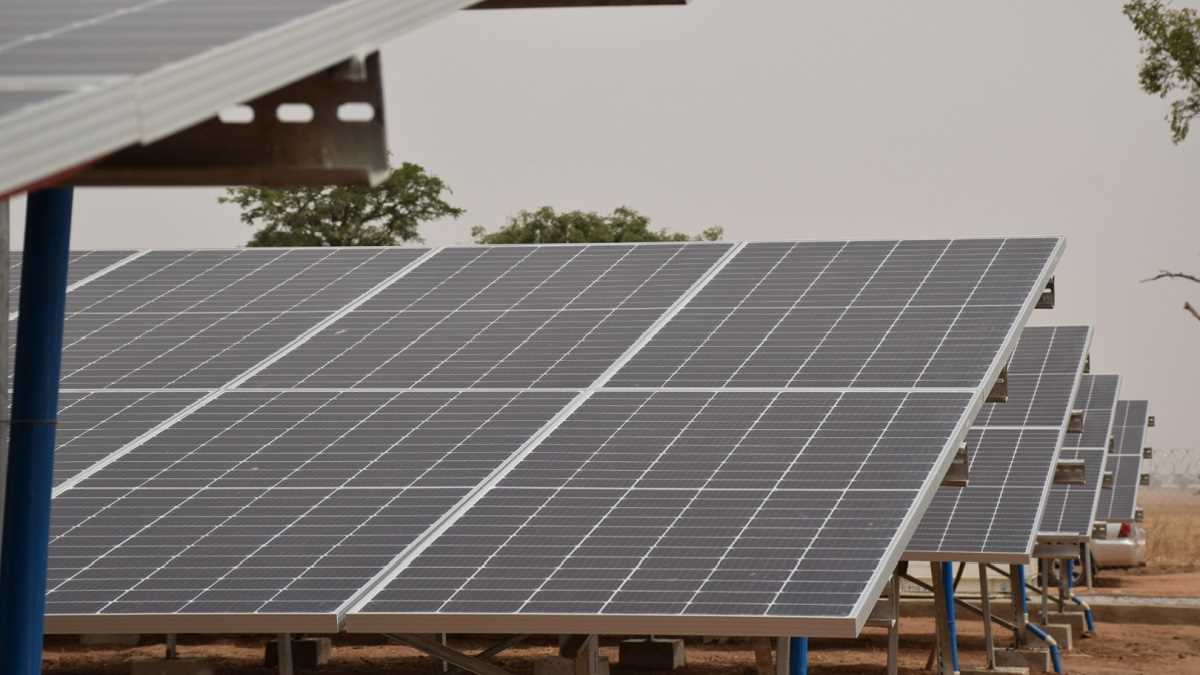CBEA’s blended finance approach creates a new model for funding rural electrification in Africa, bringing renewable electricity to one million people once the target $150 million is fully deployed
NAIROBI, Kenya, June 16, 2022/APO Group/ —
CrossBoundary Energy Access (CBEA) (www.CrossBoundary.com/Energy-Access) will deploy a total of $50 million in capital to its near-term pipeline of solar mini-grid portfolios.CBEA plans to deploy $150 million to bring clean energy to one million people in Africa. Supports the United Nations Sustainable Development Goal Number Seven (SDG7), Affordable and Clean Power for All.
Africa’s first project financing facility for mini-grids, CrossBoundary Energy Access (CBEA), announced $25 million in new funding commitments from ARCH Emerging Markets Partners Limited, Bank of America, and Microsoft Climate Innovation Fund. This investment will leverage an additional $25 million in senior debt to deploy $50 million of capital into CBEA’s near-term pipeline of solar powered mini-grids.
CBEA will deploy a total of $150 million over the next two years to bring clean energy to one million people in Africa. The mini-grids combine solar and batteries to provide 24/7 grid-quality power to households and businesses. This initiative will enable individual local residential and small business subscribers to access renewable electricity for the first time. These solar powered mini-grids will help bridge the gap by bringing clean electricity to rural areas of Africa that do not presently have access to electricity.
According to the International Energy Agency (IEA), the solar mini-grid sector needs $187 billion to achieve universal energy access by 2030. CBEA believes project finance is key to unlocking the long-term, infrastructure-type capital that the mini-grid sector needs. CBEA first pioneered its blended project finance structure in 2019 with funding from Rockefeller Foundation, Ceniarth, DOEN Foundation, Shell Foundation and UK Aid.
This initiative will enable individual local residential and small business subscribers to access renewable electricity for the first time
According to the IEA, more than 600 million people in Africa do not have access to electricity. This puts a brake on economic growth, productive investment, job creation, and poverty reduction. Solar mini-grids provide a solution to this issue, unlocking the potential of those living without electricity. CBEA’s blended finance approach creates a new model for funding rural electrification in Africa, bringing renewable electricity to one million people once the target $150 million is fully deployed.
Gabriel Davies, Managing Director and Head of Energy Access at CrossBoundary, says, “CrossBoundary Energy Access has grown up with the sector and this fundraise is a testament to the work of the developers, governments, and donors over the last few years. Confidence from ARCH, Bank of America, and Microsoft, reflects the growing maturity of both the mini-grid sector, and its ability to attract institutional capital. Our investors believe the mini-grid sector is ready to scale and that 2022 will mark an inflection point in its growth. Work is still needed on every aspect of mini-grids including regulation, business model, and subsidy programs. But we’re excited by the step change in scale and pace that we’re seeing from developers, investors, regulators, and donors, and we’re encouraged by the amount of capital the sector is prepared to absorb in the next 24 months.”
Humphrey Wireko, Managing Director, CrossBoundary Energy Access, says, “This is a crucial step for CrossBoundary Energy Access towards unlocking the private and public capital needed to scale the mini-grid sector. We look forward to mobilizing this investment to bring the projects in our pipeline to life, and providing power to African homes and businesses through these distributed renewable assets.”
William Barry, Managing Director, ARCH Emerging Markets Partners Limited’s Africa Renewable Power Fund (ARCH ARPF), says, “We believe that distributed renewables, including mini-grids, are a critical component of Africa’s energy future, and CrossBoundary Energy Access has developed a thoughtful, blended approach to the challenge of unlocking capital for the sector. At ARCH ARPF, we aim to partner with strong management teams and invest in scalable business models that offer compelling alternatives to their customers. We are excited to support them to scale.”
Amy Brusiloff, Community Development executive for Environmental, Social and Governance, at Bank of America, says, “Through this investment, Bank of America is supporting clean energy solutions in rural, hard to reach areas of Africa and helping to drive the transition to clean energy for all. This innovative blended finance structure by CrossBoundary Energy Access aggregates renewable energy mini-grid projects to achieve scale and reduce risk, which more readily enables large institutions to invest.”
Brandon Middaugh, Director, Microsoft Climate Innovation Fund, says, “Reaching universal electrification in Africa requires scaling affordable and clean energy solutions. CrossBoundary Energy Access’s innovative approach to mini-grids unlocks clean energy solutions for the millions of Africans who still lack access to power. Microsoft is proud to help scale mini-grid solutions that advance climate equity by providing clean energy access to more businesses and communities.”
ARCH Emerging Markets Partners Limited was advised by Bowmans Kenya. The lenders were advised by Latham & Watkins.
Distributed by APO Group on behalf of CrossBoundary Energy Access.


